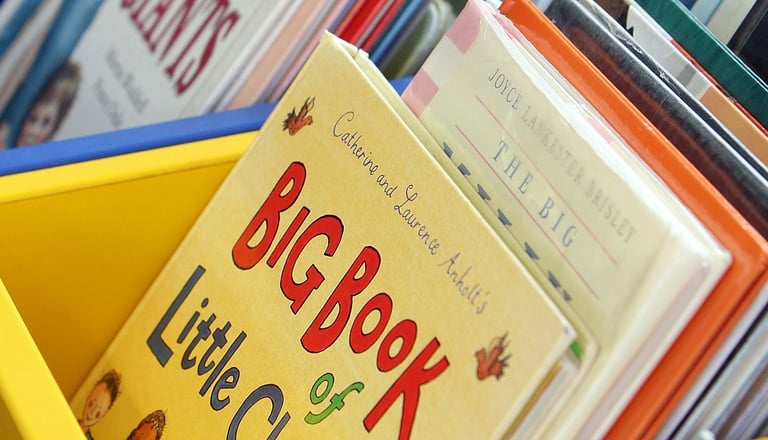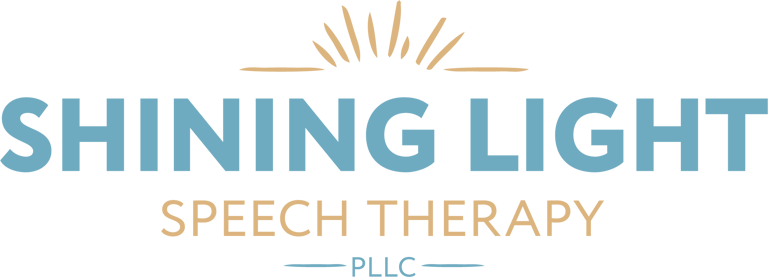Boosting Literacy Skills
Literacy is a complex skill that is inextricably linked to speech and language. This is a brief overview of how literacy, speech, and language are connected.
Sara Westhoff, MA, CCC-SLP
2/9/20242 min read


Did you know that dyslexia is a language-based learning disability, not a visual disability? There is a common myth that dyslexia is characterized by visually mixing up letters when reading. Although visual processing disorders can occur, dyslexia is actually a result of phonological skill deficits. Reading is a complex skill and does not come naturally like learning to talk. The Simple View of reading indicates that in order to have high reading comprehension, it is necessary to have high word recognition skills and language comprehension skills. These are further divided into phonological awareness, decoding, and sight recognition for word recognition and background knowledge, vocabulary, language structures, verbal reasoning, and literacy knowledge for language comprehension skills. This post will provide a brief overview of how to increase word recognition skills so that your child can gain confidence and enjoy reading.
In order to recognize a word, there are four cognitive processing systems that need to interact. These include the phonological processing system, orthographic processing system, semantic processing system, and context processing system. The phonological processing system includes the ability to recognize, produce, and manipulate speech sounds, or phonemes. The orthographic processing system includes the recognition and recall of written letter symbols, or graphemes. The semantic processing system includes our ability to associate meaning of words. Finally, the context processing system uses the sentences around a word or sentence structure to determine a word’s meaning. This is especially important for multiple meaning words, such as “bat.”
Now, let’s focus a little bit more on the phonological processing system. In order to connect phonemes to graphemes, it is essential for a child to recognize, produce, and manipulate phonemes. Phonological awareness includes the ability to recognize rhyme, number of syllables in a word, match words with the same first sound, and phonemic awareness, which includes segmenting and blending phonemes, deleting syllables or part of a compound word, and manipulating phonemes to create new words. Once a child is able to perform these skills and associate phonemes to graphemes, he will be able to sound out words in order to read. This shows how essential speech and language skills are for reading and writing.
References
Moats, Louisa C. & Tolman, Carol A.. (2019). LETRS: 3rd Edition: Volume 1. Voyager Sopris Learning, Inc.
